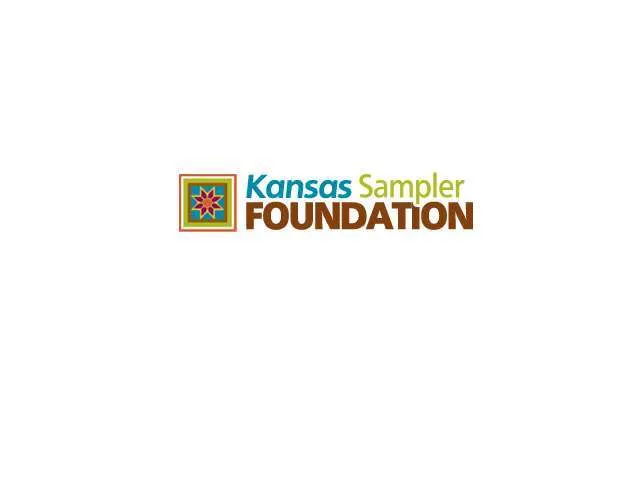It may sometimes seem that getting your blood pressure checked at the doctor’s office is a trivial task, perhaps only a necessary prelude to a more immediate reason for the day’s visit.
In reality, says Elaine Johannes, checking one’s blood pressure and knowing what it means is an essential part of good health. Left unchecked, high blood pressure – also known as hypertension – can lead to heart attack, stroke, diabetes or other diseases. Hypertension is often called the ‘silent killer.’
“In Kansas, the rate of adults who have been diagnosed with hypertension is 32.8%,” said Johannes, the Kansas Health Foundation’s Distinguished Professor of Community Health at Kansas State University.
A U.S. Department of Health and Human Services initiative called Healthy People 2030 has set a goal to reduce the national rate of hypertension in American adults to 27%, she adds. The U.S. Census Bureau lists the population of Kansas adults (ages 18 and over) at 2.2 million, as of 2023; a 6% drop in those diagnosed with hypertension represents a decrease of 132,000 people.
“So, Kansas has a ways to go to reduce our high blood pressure, as a population.”
Johannes urges Kansans – indeed, all Americans – to routinely check their blood pressure, whether it be by a medical professional, or even with the handy self-check kiosks often found in drug stores, grocery stores and other locations.
She’s also now promoting another convenient spot: the local extension office.
According to Johannes, several counties have extension agents or staff who are trained to administer blood pressure checks, and explain what the numbers mean. Interested persons may contact their local extension office for information.
“In 2022, K-State Research and Extension became the very first extension system in the United States to become what is called a ‘self-measured blood pressure champion,’” Johannes said, noting the designation came from the U.S. Department of Health and Human Services Office of Women’s Health.
She said the Kansas Department of Health and Environment provided funding to train extension agents as Healthy Heart Ambassadors. In addition to checking blood pressure, Kansas extension staff are being trained to coach residents on blood pressure, and manage it “using good practices that are fairly easy to do,” according to Johannes.
According to the Mayo Clinic, some lifestyle changes that can help people manage or reduce hypertension include exercising regularly, eating a healthy diet, reducing sodium, limiting alcohol and getting a good night’s sleep. Johannes said local extension offices can provide information and programs about these and other factors that influence cardiovascular health.
K-State’s Healthy Heart Ambassador approach encourages residents to maintain their lifestyle changes for at least four months to realize improvements in blood pressure.
A longer discussion with Johannes regarding efforts in Kansas to reduce high blood pressure is available on the weekly radio program, Sound Living, produced by K-State Research and Extension.
What do my blood pressure readings mean?
Blood pressure is measured based on two numbers.
Systolic blood pressure – the first number – indicates how much pressure your blood is exerting against your artery walls when the heart contracts.
Diastolic blood pressure – the second number – indicates how much pressure your blood is exerting against your artery walls while the heart muscle is resting between contractions.
According to the American Heart Association, typically more attention is given to systolic blood pressure as a major risk factor for cardiovascular disease in adults over age 50.
The AHA lists five ranges for healthy and unhealthy blood pressure:
- Normal – Systolic less than 120 and diastolic less than 80.
- Elevated – 120-129 and less than 80.
- High blood pressure, stage 1 – 130-139 (systolic) or 80-89 (diastolic).
- High blood pressure, stage 2 – 140 or higher (systolic), or 90 and higher (diastolic).
- Hypertensive crisis (consult your doctor immediately) – Higher than 180 (systolic), or higher than 120 (diastolic).
A county-by-county listing of the prevalence of high blood pressure in Kansas is available online from Kansas Health Matters, www.kansashealthmatters.org.




